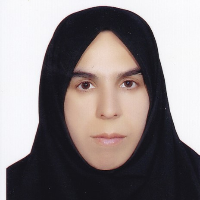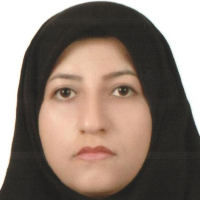Identification of Dimensions and Components for Developing Creative Skills
This study aims to identify the dimensions and components of developing creative skills.
Methods and Materials:
It is an applied-developmental research in terms of purpose and a non-experimental (descriptive) research from the data collection perspective, conducted using a cross-sectional survey method. A qualitative research design was utilized to achieve the research objective. The participant population consisted of university professors and experienced art teachers, who were selected through purposive sampling. Theoretical saturation was reached after 10 interviews. Semi-structured interviews with experts were used as the data collection tool. The validity of the qualitative section was evaluated and confirmed by the judges based on Lincoln and Guba’s recommendation, applying four criteria: credibility, transferability, confirmability, and dependability. The reliability of the qualitative section and the coding of the interviews were assessed with a Holsti coefficient of 0.712, which was confirmed as acceptable. Data were analyzed using grounded theory method in MAXQDA software, which involved extracting primary and secondary categories from the results of the foundational data analysis, leading to the presentation of the final model.
After data analysis, 11 main themes and 63 subthemes were identified.
Based on the results, it was determined that causal conditions including professional skills, problem-solving skills, and ethical skills have an impact on the central phenomenon of creative skills. These components, along with contextual conditions including cognitive competencies and emotional competencies, and intervening conditions such as the culture of the educational system, influence strategies and actions involving the strategy for developing creative skills.
-
The Impact of Active Learning Method on Academic Achievement, Motivation, and Attitudes Towards Mathematics
Mostafa Hadi Ghazal, Mohammadali Nadi *, Saleh Sahib Kazem, Faranak Sadat Mosavi
International Journal of Education and Cognitive Sciences, Spring 2025 -
Investigating Factors Influencing the Development of Creative Skills in Art Education Teachers in Iraq
Hasanain Ali Moshanah, *, Khudhair Jasim Rashid Almamori,
JOURNAL OF SOCIOLOGY OF EDUCATION, -
Narrative Self-Reflection on Practical and Applied Teaching of Research Methods, Thesis Writing, and Advanced Article Writing
*
Journal of Qualitative Research in Educational Sciences, -
The pattern of relationships between conflict coping strategies and social capital with knowledge sharing intention and behavior among primary school teachers in Isfahan city.
Fateme Nikbakhtnasrabadi *,
Journal of Educational Psychology,



